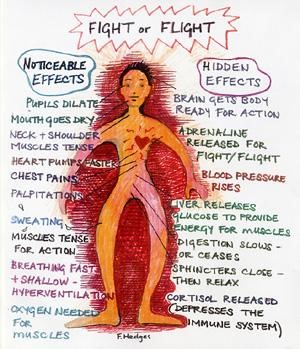Utilizing the Potential of Biofeedback to Revolutionize Persistent Pain Control and Improve Standard of Life
Utilizing the Potential of Biofeedback to Revolutionize Persistent Pain Control and Improve Standard of Life
Blog Article
Chronic discomfort is a syndrome that impacts millions of people around the world. It can be triggered by various elements, including injuries, diseases, or even anxiety. For many patients, managing chronic pain can be a constant challenge that impacts their standard of life. Traditional treatments often include drugs, physiotherapeutic therapy, and sometimes surgery. However, these approaches do not always offer the alleviation that patients desire. Lately, biofeedback has surfaced as a promising option for managing chronic pain and enhancing overall well-being.
Biofeedback is a technique that teaches patients how to control certain bodily processes by utilizing indicators from their own physiology. This method involves employing sensors that track physiological functions such as heart rate, muscle tension, and skin temperature. By offering immediate feedback, patients can learn to identify their body's reactions to pain and stress. This awareness allows them to formulate strategies to manage their pain more effectively. For instance, if a person notices that their muscle tension increases when they are in pain, they can practice relaxation strategies to help reduce that tension.
One of the primary benefits of biofeedback is that it enables individuals to take an proactive role in their pain management. Instead of relying solely on medications or treatments from healthcare providers, individuals can learn to understand and control their own bodies. This feeling of control can lead to increased confidence and a more positive outlook on life. Many individuals report feeling more in control of their pain and less like victims of their syndrome. This shift in perspective can substantially improve their standard of life.
Studies has demonstrated that biofeedback can be beneficial in alleviating chronic pain symptoms. Studies indicate that patients who employ biofeedback methods often undergo less pain and better physical ability. Additionally, biofeedback can help lessen anxiety and stress, which are frequent concerns for those dealing with chronic pain. By tackling both the physical and psychological aspects of pain, biofeedback provides a holistic approach to pain management. This integrated method can lead to better outcomes for patients, allowing them to engage more completely in their routine activities.
In summary, biofeedback is a significant tool for revolutionizing chronic pain control. By teaching view website individuals to comprehend and regulate their physiological reactions, biofeedback enables individuals to take charge of their pain. This method not only helps reduce pain but also enhances overall standard of life. As more people seek alternatives to traditional pain management methods, biofeedback emerges as a potential solution. With ongoing research and awareness, biofeedback could turn into an essential part of chronic pain therapy, helping individuals lead healthier, more fulfilling lives.